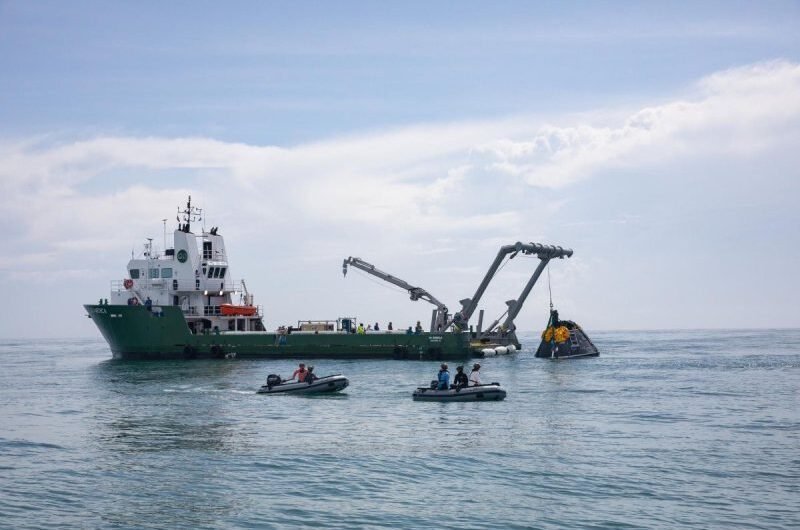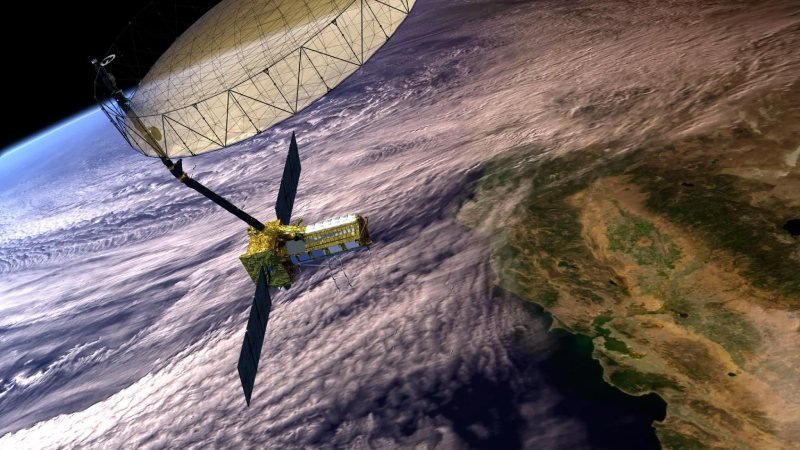In the next few days, a horned “devil comet” hurtling toward Earth is expected to blow up.
With a diameter of 18.6 miles, the enormous comet, also known as 12P, is largely composed of ice and gas. When exposed to sunlight, its cryovolcano, a vent that acts like a volcano, erupts. The eruptions occur every fifteen days, and the next one is scheduled for this Friday or this Saturday.
“The last few outbursts have been on a 15 day cadence,” Nick James, of the British Astronomical Association, told Spaceweather.com. “And we might be coming up to another one.”
According to BAA’s Richard Miles, it’s similar to “Old Faithful.”
“Comet 12P has a super cryogeyser, eruption of which is triggered after local sunrise at its location,” he stated.
The comet has developed horns in the past, albeit they have been less noticeable recently due to outbursts. Although spectators should be able to see the eruption or horns with their own eyes in the spring, a telescope is required to see them.
While some may be concerned about the possibility of a comet bursting and hurtling towards Earth, the people living here don’t have to be. The Asteroid Watch program, managed by NASA’s Planetary Defense Coordination Office, keeps tabs on all potential threats to Earth. The group can track risks centuries into the future thanks to the advanced catalog.
“Everything we find, we take observations on to determine the orbits, see where they’re going, and whether they’ll be any hazards to the Earth in the future. So that’s our strategy here,” Lindley Johnson, NASA’s planetary defense officer and lead program executive for the Planetary Defense Coordination Office, told the Washington Examiner. “Now we have the technology to find these objects. We just need to be looking for them and taking the observations. And once we find them, we can determine their orbits and know if any of them are going to be any threat to the Earth for the next century or so. So we can actually have quite a bit of warning, decades of warning; we just need to continue to look and project those orbits out.”
Topics #Devil comet #Earth #NASA











